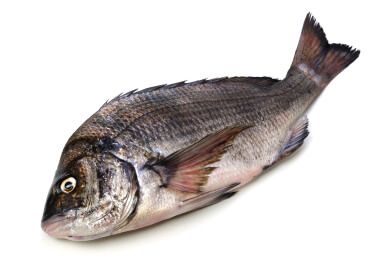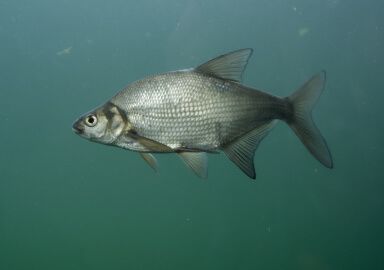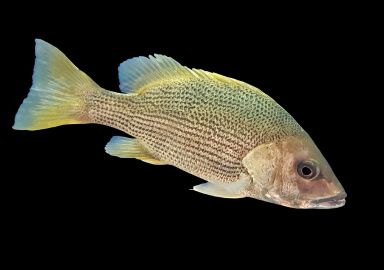Common Bream
Common bream are a common European freshwater fish found mostly in slow moving or stagnant waters.
View 3 listings
3
listings
–
price starting from
3
countries
–
to the nearest trip
Where and When?
Common bream are naturally distributed in western Europe north of the Pyrenees and Alps and as far east as the Black, Caspian and Aral seas. They disappear northwards when the areas become very cold in winter and the waters contain less nutrients. In the UK, for example, they are found in England, but not Scotland as the waters are too cool, generally less muddy and often nutrient deficient. Within the range they favour deeper stagnant or slow-moving waters with muddy or sandy substrates. Humans has greatly improved their abundance by increasing nutrient levels plus by building canals and creating ponds and dams.
You can find common bream wherever suitable rivers or lakes are; they are not “shy” but prefer murky waters. They like sandy, flat bottoms and are not attracted to algal beds or structures. They feed naturally through the day and night, but most angling is carried out within daylight, as it is easier than after dark, and apparently just as successful. The common bream feed throughout the year and are often targeted in winter as many other species are not available.
About Common Bream
Common bream (Abramis brama) are important in some European waters as an angling species. The body is laterally flattened with a high back and a small, undershot mouth with no real teeth. The common bream are silvery grey, especially on the upper side, and this can become bronze with age or in very turbid waters. There is no obvious sexual dimorphism, and sizes and growth rates can vary markedly depending on locality and levels of nutrients available. The maximum size of fish in the catch is normally within the range of 30-35 cm. (12-22 in.), but the current angling record stands at 90 cm (35.5 in) and 9.1 kg. (20 lbs.).
The common bream eat mostly benthic (bottom living) invertebrates including tubifex worms, midge larvae, bivalves, plankton and algae. In early summer the males create territories. Shortly thereafter the females arrive to lay between 100 000 and 300 000 eggs which the male fertilises. Bream can form dense shoals and usually stay in the open parts of water bodies.
How to Catch?
Fly fishing and spinning for common bream is possible but should probably be left to the specialist trying to add to his species list! With their small mouths, light tackle is probably best. Common bream are usually caught in open water areas and have no teeth to cut nylon.
The commonest approaches to bream fishing are float fishing and bottom fishing. A highly efficient technique is ledgering: using a sliding sinker to assist the cast and hold the line on the bottom of the waterbody. Common bream can be attracted to an area through the careful, but substantial, use of ground bait. Ground-baits such as maggots, boilies and breadcrumbs work and, as bait, the same plus sweetcorn, worms and grubs work well too.
Common bream are “nibblers” and only experience can suggest when the bait has actually been swallowed. When float fishing, it is usually best to wait until the float is actually pulled under the surface before striking. With ledgering, the angler should prepare when he sees any movement in the line and simply tighten up when the line is pulled out.
Few people fish for common bream for food and they are not well known for their fighting skills, but nevertheless, they provide much angling fun for many people, and common bream fishing is a good way to introduce new people to the sport.










